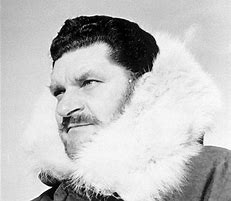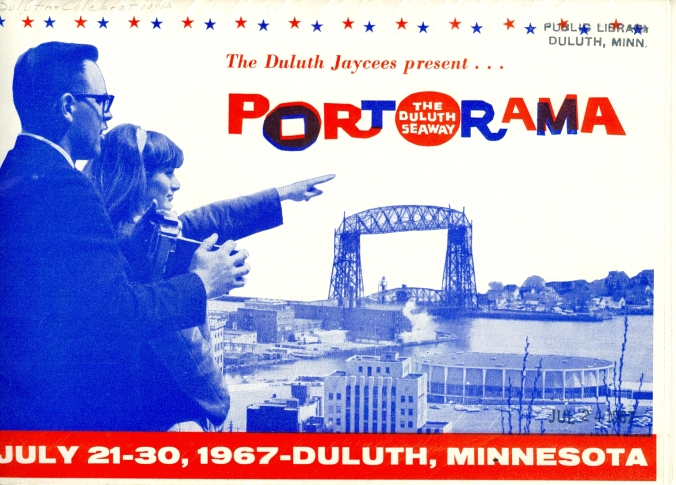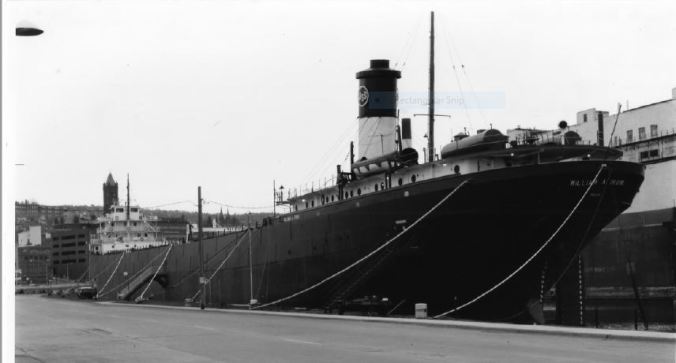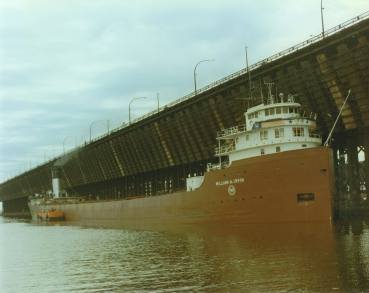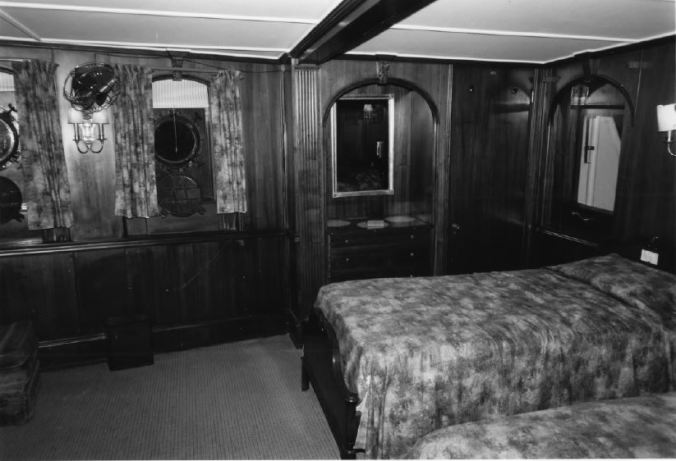By Gina Temple-Rhodes
In the spring of 2020, we are hearing often that these are “unprecedented times” with working from home and layoffs due to COVID19 closures. While we have not experienced this in living memory, just over 100 years ago Duluth experienced a 7-week closure of schools, libraries and other public places due to the Spanish Influenza outbreak in the fall of 1918. What did “working from home,” schooling, essential workers or alternative work look like during that time, when not even all homes would have had a telephone? Radio broadcasts and television didn’t exist yet, and the main way for residents to get news was through the printed newspaper. And this printed newspaper gives us a record and a way to glimpse what life was like during the last major shutdown and subsequent reopening in Duluth.
Reading these old newspapers can give today’s reader a sense of déjà vu, and it seems that history is repeating itself once again. On October 12, 1918, the Duluth Herald reported that 40 cases of the Spanish Influenza had been discovered. The related article covered some of the ways that the City was trying to prevent the spread:
Shopping Changes
Is this following quote from 1918 or 2020? It is somewhat hard to tell, if the 10-cent stores were replaced with “$1 stores” or something similar. The Duluth Herald wrote this in October, 1918.
“In the crowded stores, steps will be taken to keep the people moving and to prevent loitering as far as possible. Floor managers will be stationed through the 10-cent stores to keep the crowds on the move, according to the manager of one of these stores. Said he: “One of the hardest things which we have to contend with is people making the store a place to meet friends. This will have to stop during the epidemic. We will have a number of floor managers stationed through the store to keep the people on the move and prevent loitering. The doors will be kept open at all times to give as great ventilation as possible.”
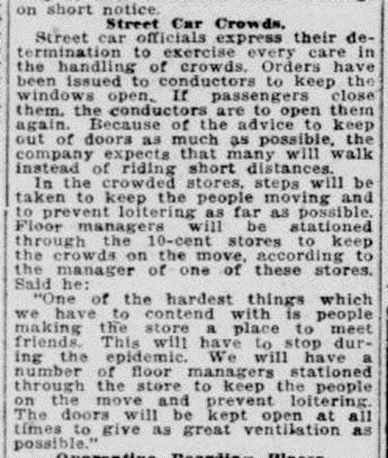
Wearing masks was also becoming common: “Cashiers and others who hold conversation with hundreds of persons daily are playing the roles of bandits to the extent of covering their noses and mouths with the masks such as are being made in the Red Cross workrooms for doctors, nurses and influenza patients.”
There was also concern that the crowded streetcars would cause the influenza to spread, so all windows were to be kept open or perhaps ridership would be down. “Because of the advice to keep out of doors as much as possible, the company expects that many will walk instead of riding short distances.”
School Closures
Schools were closed on October 12, 1918. This news was rapidly overshadowed by the news of the large fires that swept Cloquet and the areas around Duluth that very day. That added extra chaos and challenges for residents, but teachers were ready to help. On October 30th, 1918 the Duluth Herald ran a story about how the teachers were keeping busy (distance learning was more challenging in 1918):
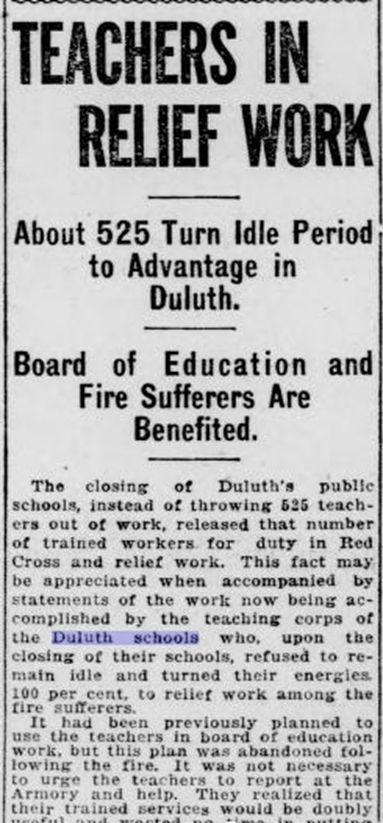
“The closing of Duluth’s public schools, instead of throwing 525 teachers out of work, released that number of trained workers for duty in Red Cross and relief work.
It had been previously planned to use the teachers in board of education work, but this plan was abandoned following the fire. It was not necessary to urge the teachers to report at the Armory and help. They realized that their trained services would be doubly useful and wasted no time in putting these services at the disposal of the authorities. “
The newspapers do not mention how the teacher’s pay was handled, but even after the fire crisis faded a bit, teachers kept busy in useful ways:
“When relief work became more organized, many of the teachers returned to their own work. In the offices of the board of education there are nearly forty teachers engaged in various kinds of special work… At the high school building a larger corps of teachers is working out a perpetual filing and reference system for the school library.”
The work followed traditional gender roles, and even the men were kept busy:
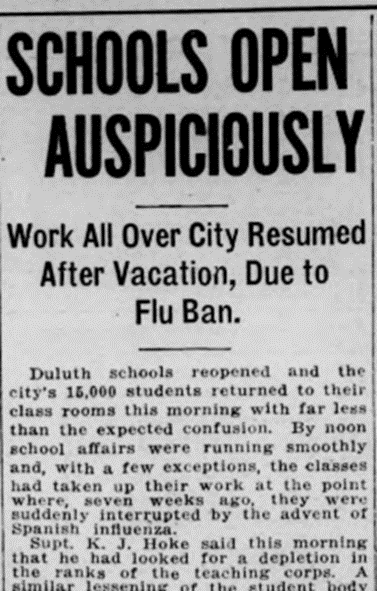
“In the manual training department, the male personnel of the city’s teaching force is engaged in manufacturing furniture for the schools. It is not improbable that before school reopens, the men will have completed a full set of desks and tables to replace those burned in the Cobb school fire.”
Duluth Schools did “open auspiciously” after the “vacation due to flu ban” on November 26, 1918.
Library books
Libraries were also affected by the closures in the Fall of 1918, but their staff and locations were used in various ways. In Duluth, mask and bandage sewing gatherings were held in library meeting rooms, even if the libraries were closed. In Virginia, MN some of the library staff began work organizing nurses to help with home care for the sick. The Duluth libraries reopened in November of 1918, and this was likely a bright spot for many residents.
“The lifting of the influenza ban means the return of many books that have been held out during the six weeks the main public library and the branches were closed. Naturally there will be no fee for the delay in returning the books for which the card holders were not responsible.
Since the buildings were closed October 11, the library staffs have prepared 2,000 volumes for circulation. As the average work required to prepare one book for the shelf is half an hour, it means that the staffs have not been enjoying a complete vacation.
In addition to working on books, the library employees prepared the registration system of fire sufferers, made duplicate copies and did clerical work for the United War Work campaign.”
Residents were likely excited to get their hands on new books, and on November 28, 1918 the Duluth Herald helpfully listed many of the new books that would be available at the library, ready for an “attack” on the stacks that was sure to come by eager cardholders.
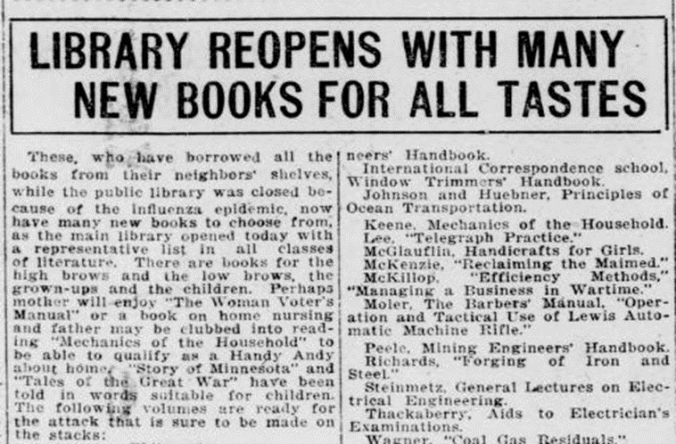
We have not yet seen the end of the 2020 pandemic-related closures, or know how our story will turn out this time. In Duluth in 1918, the strict closing measures and quarantine of sick people seemed to help, and only a total of 347 people were reported to have died of influenza in Duluth that fall, a much lower number than some other cities even in Minnesota. Perhaps history can help us understand that earlier crisis and respond well to our current crisis and help form decisions about reopening schools and libraries this time around.





